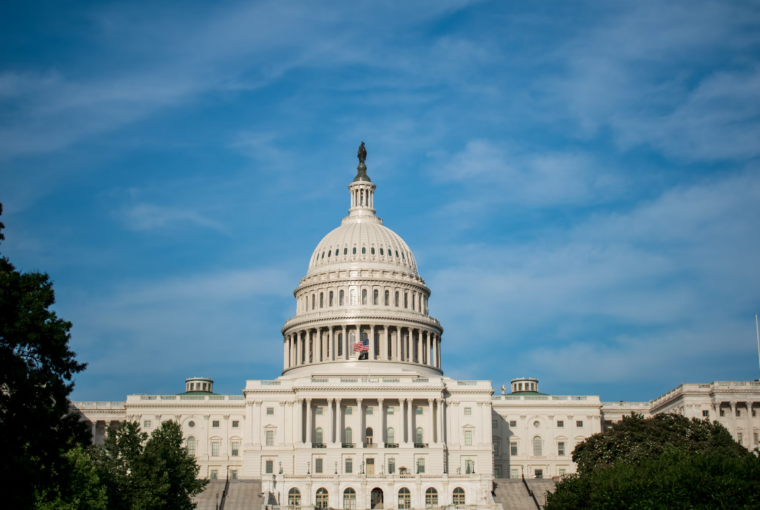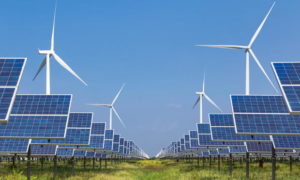
Governmental entities are stressed… there is no doubt about that! Ongoing changes under the Trump administration are creating heightened uncertainty, placing added pressure on both public officials across all levels of government and private sector leaders navigating the shifting landscape. However, the number of public projects launching weekly at the state and local levels of […]

Hospitals and specialized health care services in rural areas and small towns have been declining for many years, and that has become a serious concern. Financial stress is the primary reason for the decline. The federal government has provided financial support for health care through various programs, but that support has now been reduced. Fortunately, […]

While the federal government faces historic changes and contracting disruptions, local governments continue to offer abundant opportunities for public-private collaborations. Many upcoming projects have been vetted after several years of planning and community outreach initiatives. The following examples represent significant commonality with others still in the design and planning stages. State officials in Delaware will […]

Public-private partnerships (P3s) of all sizes and types are becoming more common throughout America and this type of project delivery model is being use for all types of initiatives. Many federal funding programs now require some amount of private-sector investment, and public officials, eager to launch critical projects, are routinely reaching out to contractors, developers […]

Most people have heard about earmarks, but only a few citizens really pay attention to them. That should not be the case. The term earmark refers to federal spending for a specific project for a particular congressional district, locality or state. Members of Congress request this type of funding. In the most recent federal budget, […]
America is bordering on a water infrastructure crisis
 The water purification problem is compounded even more because drinking water also is contaminated daily by industry, antiquated lead pipe delivery systems, and weakening government oversight. An estimated 105 million people receive water from public water systems that use groundwater, and one federal agency proclaims that an estimated 22 percent of public wells for those systems have one or more contaminants at unsafe levels for human health.
The water purification problem is compounded even more because drinking water also is contaminated daily by industry, antiquated lead pipe delivery systems, and weakening government oversight. An estimated 105 million people receive water from public water systems that use groundwater, and one federal agency proclaims that an estimated 22 percent of public wells for those systems have one or more contaminants at unsafe levels for human health.
U.S. ENERGY INVESTMENT PROMOTION
 President Biden recently introduced a massive infrastructure bill designed to reshape the U.S. economy while addressing infrastructure reform. Biden’s stated goal is to achieve 100 percent carbon-free power by 2035.
President Biden recently introduced a massive infrastructure bill designed to reshape the U.S. economy while addressing infrastructure reform. Biden’s stated goal is to achieve 100 percent carbon-free power by 2035.
The proposal also includes $100 billion in funding to upgrade and strengthen the country’s electric grid system, which has been weakened by worsening climate disasters. The proposed legislation would provide new tax credits to support the construction of high-voltage transmission lines, a major hurdle in the expansion of renewable energy. Additionally, it would include a 10-year extension of wind, solar, and battery tax credits, which are set to expire in several years.







